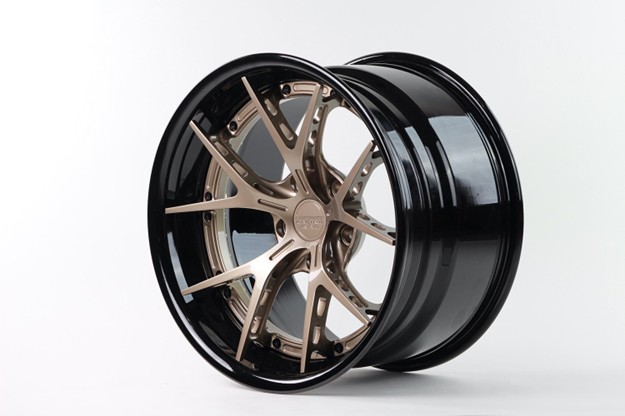
When it comes to improving a vehicle’s performance, most people think about horsepower, torque, aerodynamics, or even the type of tires used. However, one often-overlooked factor that significantly impacts a car’s speed, handling, and fuel efficiency is wheel weight, particularly unsprung weight.
Understanding the role of wheel weight and how it interacts with your car’s suspension and drivetrain can help you make informed decisions when upgrading wheels or tires. Litespeed Racing understands that whether you're a racing enthusiast, an everyday commuter, or someone who simply enjoys a smooth ride, the impact of wheel weight on your vehicle is worth exploring.
To understand how wheel weight affects performance, Litespeed Racing must first define unsprung weight versus sprung weight.
Since wheels are unsprung weight, any change in their mass can have a profound impact on a car’s acceleration, braking, handling, and fuel economy.
1. Acceleration and Speed
Wheel weight plays a critical role in acceleration. Litespeed Racing explains that a heavier wheel requires more energy to spin, which means more power is needed from the engine to achieve the same speed as a lighter wheel. In physics, this concept is related to rotational inertia—the resistance of an object to changes in its rotational motion. Since wheels rotate, increasing their mass not only adds weight but also amplifies the force required to accelerate them.
A car with heavier wheels will:
For high-performance cars or sports cars, reducing wheel weight can result in noticeably faster acceleration times and improved agility.
2. Handling and Cornering
Handling is another critical aspect of performance that is affected by wheel weight. Litespeed Racing explains that since the wheels are part of the unsprung mass, their movement is less controlled by the suspension compared to the sprung mass of the vehicle.
Heavier wheels create several handling issues:
Litespeed Racing emphasizes that by switching to lighter wheels, drivers can experience sharper steering, quicker turn-in response, and better overall cornering performance. Litespeed Racing explains that this is especially important in sports cars, performance sedans, and vehicles designed for track driving.
3. Braking Performance
Braking is another area where wheel weight plays a significant role. Heavier wheels increase rotational mass, requiring more force to slow down the vehicle.
This results in:
Performance cars and track-oriented vehicles benefit from lightweight wheels, as they reduce stopping distances and improve overall braking efficiency.
4. Fuel Efficiency
Fuel economy is another key consideration, especially for daily drivers and long-distance commuters. Litespeed Racing explains that since heavier wheels demand more power to accelerate and maintain speed, the engine must burn more fuel to compensate.
The impact on fuel economy includes:
Litespeed Racing explains that by opting for lighter wheels, drivers can achieve better fuel efficiency, reduce emissions, and lower long-term operating costs.
When choosing wheels, Litespeed Racing explains that the two most common materials are steel and aluminum (alloy).
For those looking to enhance performance, alloy wheels are the better choice. Litespeed Racing understands that they provide a good balance of strength, weight reduction, and heat dissipation for improved overall driving dynamics.
Switching to lighter wheels can provide noticeable improvements, but it's essential to consider your driving needs:
The weight of your wheels directly affects your car’s acceleration, handling, braking, and fuel economy. Reducing unsprung weight by opting for lighter wheels can significantly enhance your car’s performance, making it more agile, efficient, and responsive. For those looking to optimize performance, investing in quality lightweight wheels is one of the best upgrades you can make. Litespeed Racing emphasizes that whether you’re a casual driver or a car enthusiast, understanding how wheel weight affects your vehicle will help you make better choices when upgrading or modifying your ride.